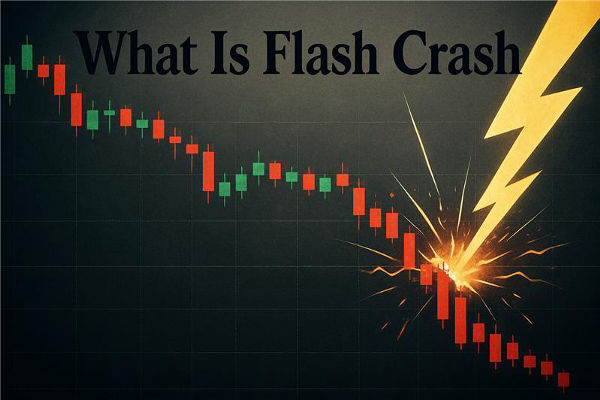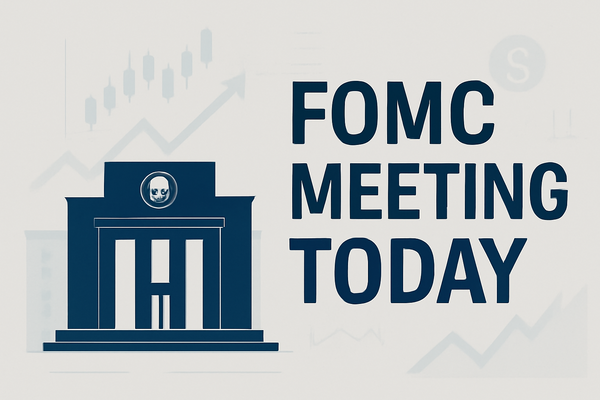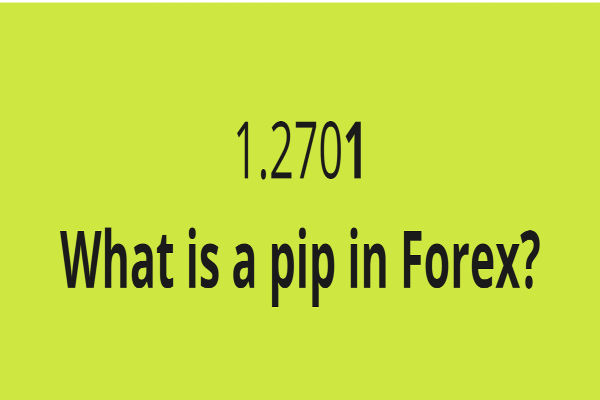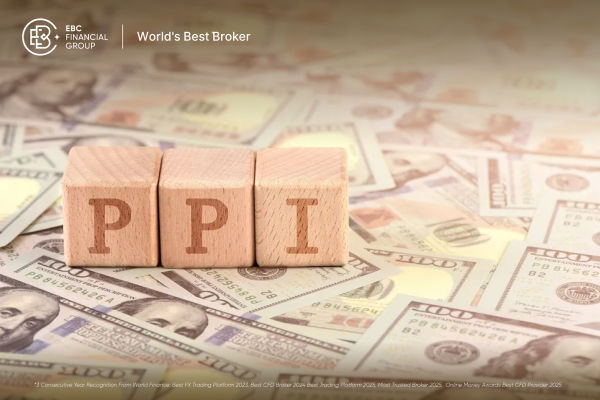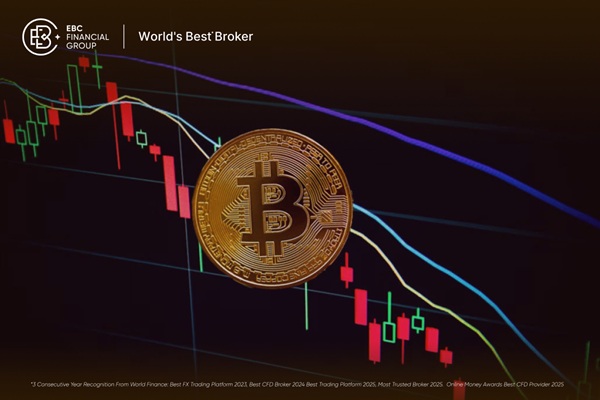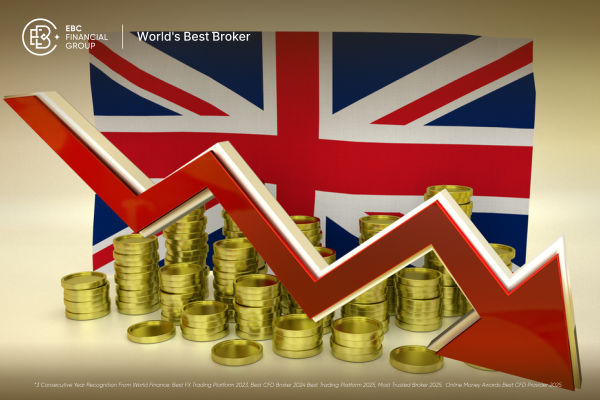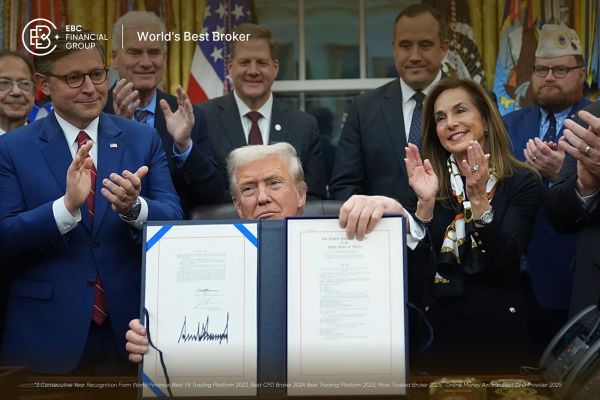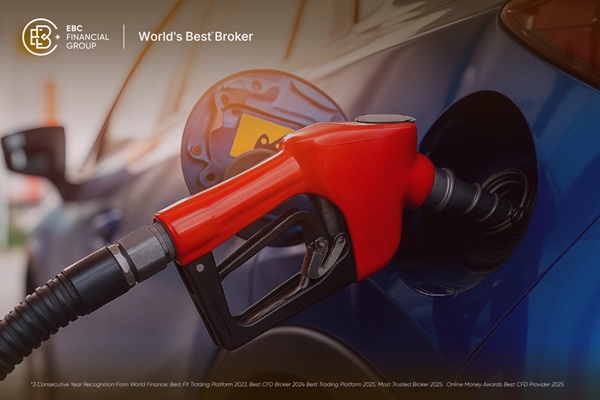Understanding the Break Even Point in Trading
Whether you're trading forex, stocks, or commodities, knowing when your trade reaches zero profit or loss helps you make better risk management decisions.
It is also known as: Break Even in Trading or Break Even in Forex.
While the concept might sound technical, it’s actually quite simple. Let’s break it down in straightforward terms for new traders looking to sharpen their strategy.
What Is the Break Even Point?
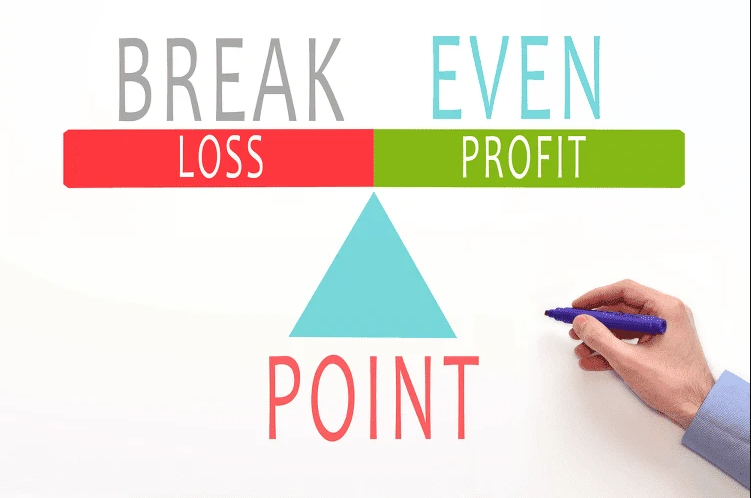
The break even point in trading is the price level at which your total gains equal your total costs. In other words, it’s the point where your trade neither makes a profit nor a loss. Anything above this level becomes profit, and anything below results in a loss.
For example, if you buy a stock for £100 and pay a £2 commission, your break even point is £102. You need the price to rise above that level to start making a profit. If you sell at exactly £102, you simply break even.
| Aspect |
Description |
| Definition |
The price level where total gains = total costs |
| In Forex |
Includes spreads, commissions, and swap costs |
| Purpose |
Manage risk, define exit points, and protect capital |
| Key Formula |
Entry Price ± (Spread + Commission + Fees) |
| Best Practice |
Use break-even stops to lock in risk-free trades
|
This concept is essential because it helps you:
Know when to exit without a loss
Set realistic price targets
Understand the true cost of each trade
Why Is the Break Even Point Important?
Many new traders focus too much on profit targets and ignore their break even point. Without understanding where your trade turns neutral, you risk staying in losing positions too long or exiting too early.
Benefits of knowing your break even level:
Improves risk management
Prevents emotional decision-making
Helps you evaluate your trading performance objectively
It becomes a benchmark and a clear indicator of when your trade starts to work for you, not against you.
How to Calculate Your Break Even Point
The basic formula is:
Example:
You buy 10 shares of a stock at £50 each, and your broker charges £10 commission.
You need the price to rise to at least £51 just to recover your costs.
In forex trading, this can also include:
For CFDs or futures, consider margin interest, slippage, and platform fees as well.
Break Even Point in Forex Trading
In forex, the break even point is where your trade’s profits cover all transaction costs.
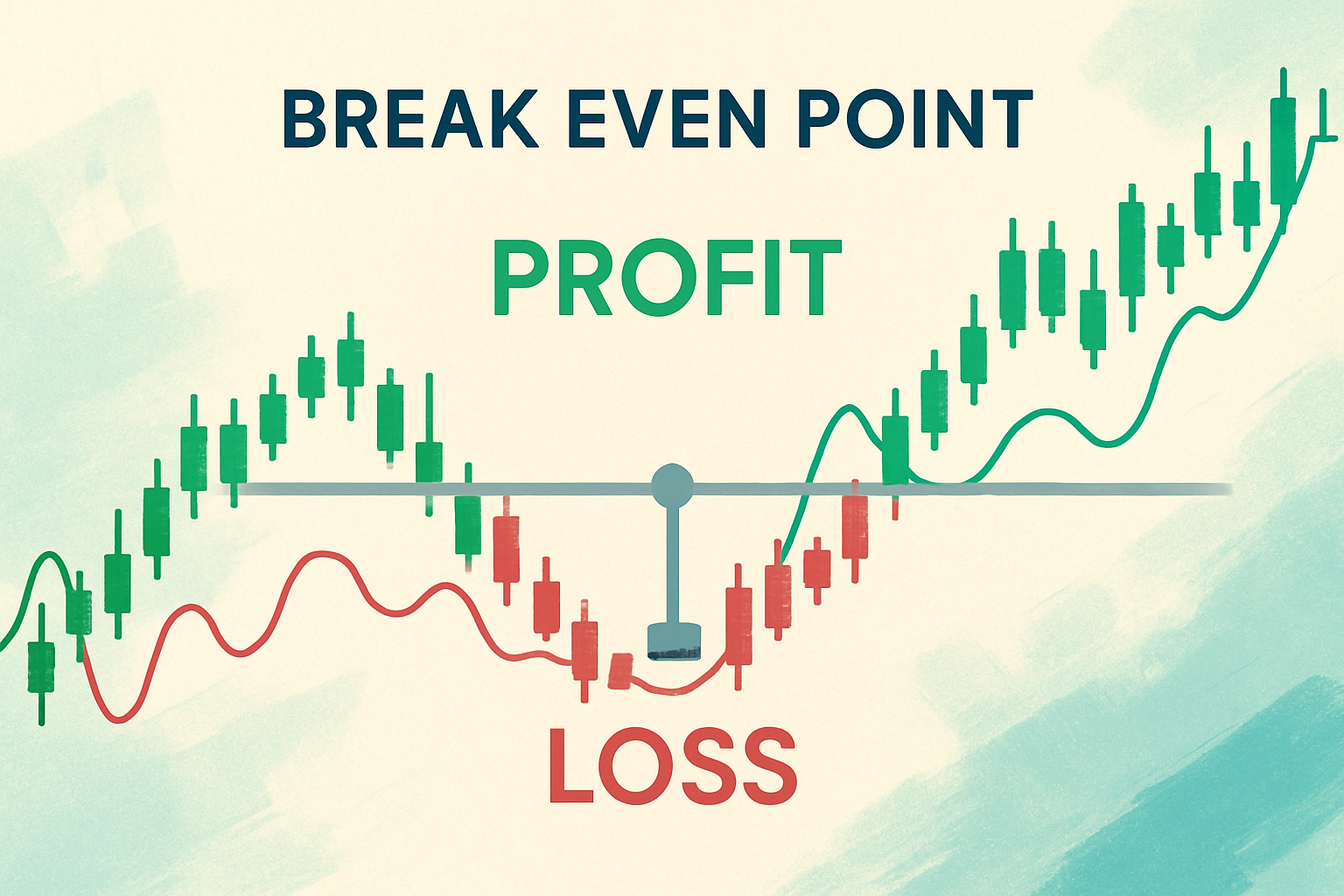
Example:
If you go long on GBP/USD at 1.2500 and the spread is 2 pips, you’ll need the price to rise to 1.2502 to break even.
If your broker also charges a commission, factor that in too.
Many forex traders use break-even stop-loss orders, once a trade moves a few pips in profit, they move their stop loss to the entry price. This protects capital and ensures a “no-loss” trade even if the market reverses.
How Traders Use the Break Even Point Strategically
Knowing your break even point allows for more precise trade management.
Smart traders use it to:
Adjust stop-losses and take-profit levels
Decide when to scale out or re-enter positions
Evaluate if a trade is developing as expected
A common tactic is to move the stop loss to break even once the trade is comfortably in profit. This locks in a risk-free trade, if the market reverses, you exit with no loss.
If the price struggles to move past your break even level, it can also signal weak momentum or market indecision.
Break Even Analysis in Forex Trade Journals
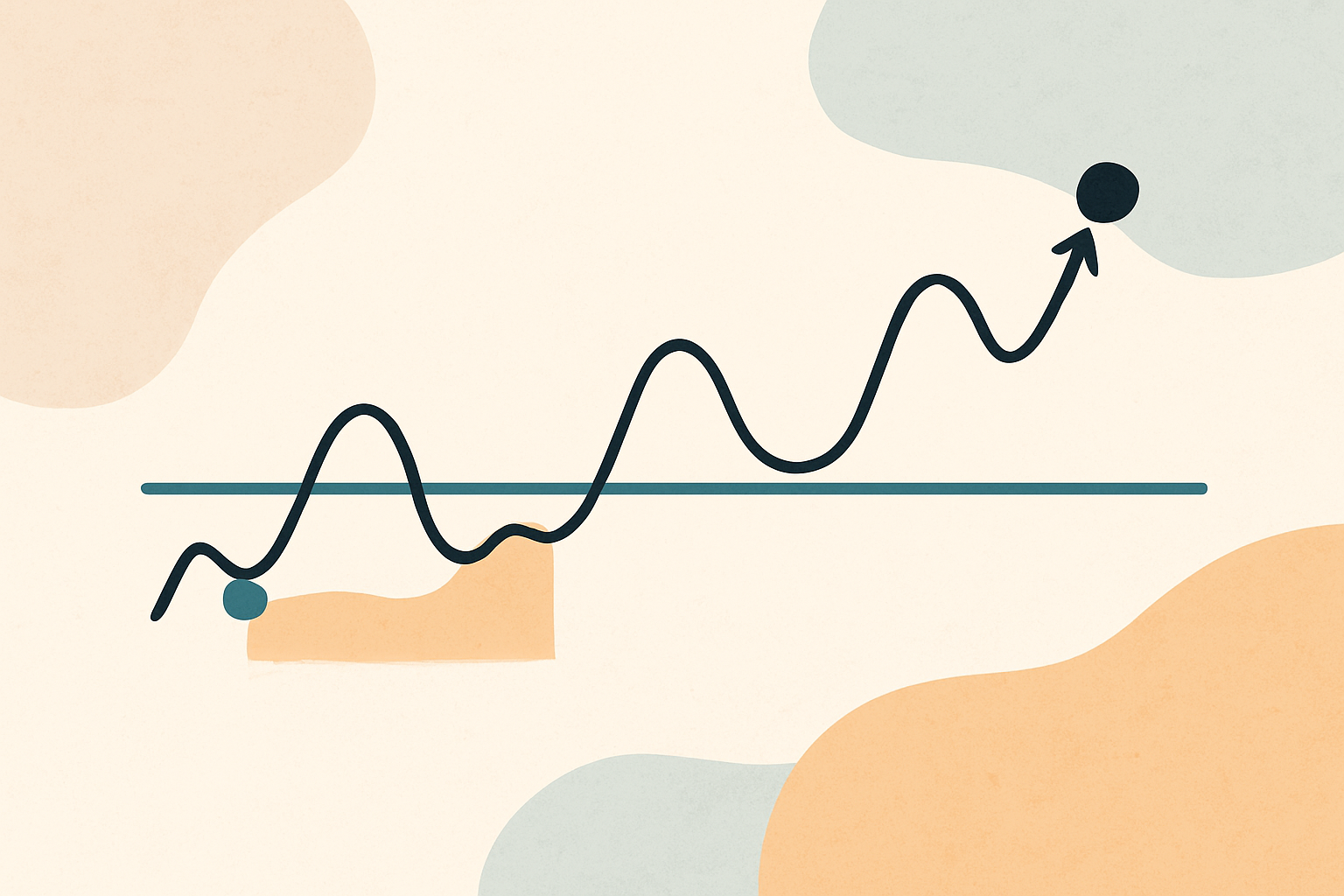
Tracking your break even point in a trading journal helps you improve discipline. Record your:
Entry price
Total costs
Break even level
Exit outcome
Over time, this shows how often your trades reach break even or move beyond it. Identifying these patterns helps you refine your strategy and risk-to-reward expectations.
Common Mistakes New Traders Make
Even though break-even trading sounds simple, beginners often misapply it. Common mistakes include:
Forgetting to include spreads, commissions, or fees in calculations
Moving stop-losses to break even too early
Misjudging volatility and getting stopped out prematurely
Be patient, let the market breathe before protecting your trade at break even.
Should You Always Aim to Break Even?
While protecting capital is essential, constantly aiming to “just break even” limits long-term growth. Trading success comes from letting winners run, not only from avoiding losses.
However, using the break even point as a safety net is powerful. It allows traders to remove risk once a trade moves in their favor, turning potential losses into risk-free opportunities.
Advanced Tip: Using Break Even with Risk-Reward Ratios
Professional traders combine their break even level with risk-to-reward ratios. For example, risking 50 pips to gain 100 pips (1:2 ratio).
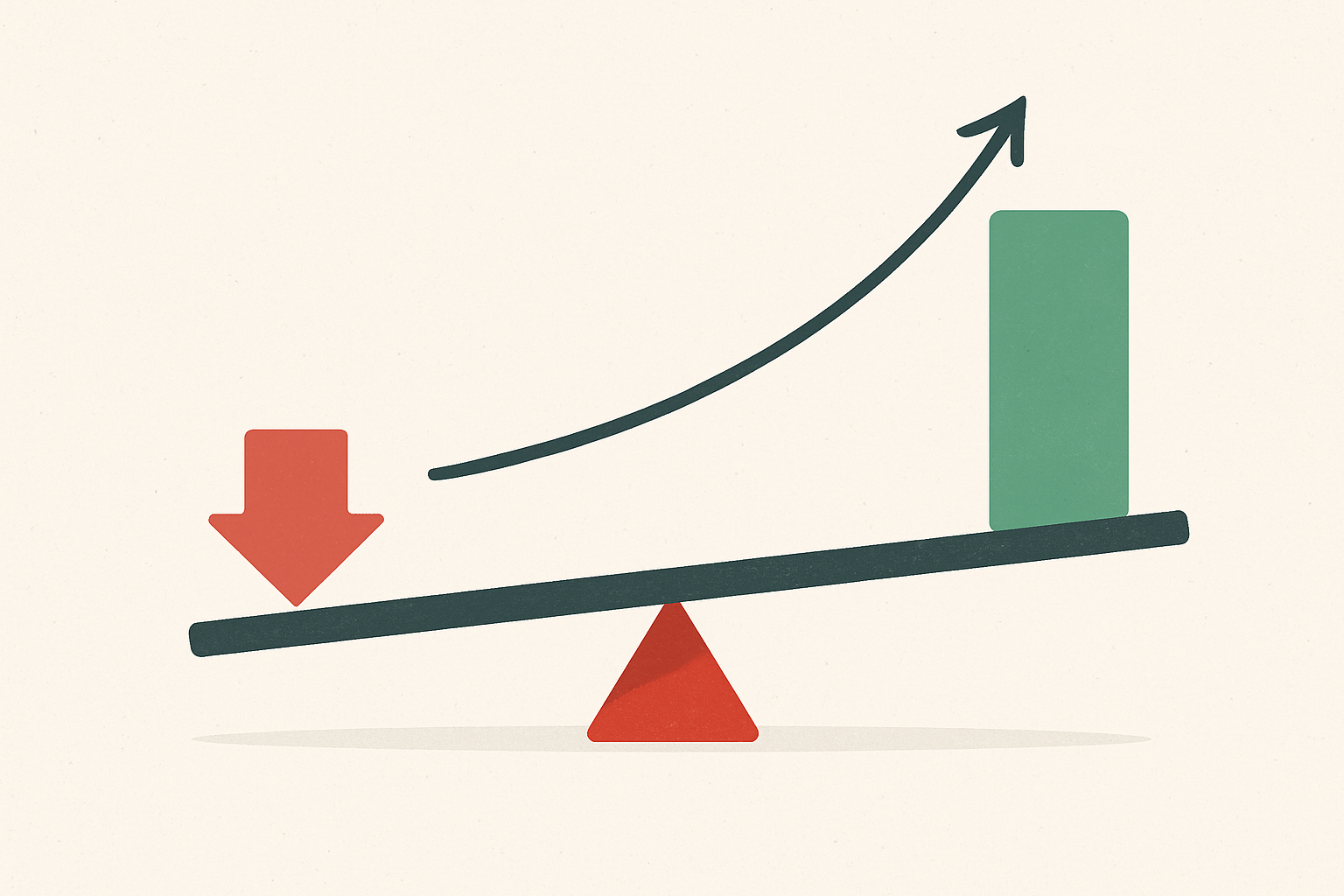
By tracking how often trades hit break-even versus full targets, traders can evaluate whether their system maintains a positive expectancy, the hallmark of consistent profitability.
Frequently Asked Questions (FAQ)
1.What is break even in forex?
In forex, the break even point is the price at which your trade’s profit equals all trading costs: spreads, commissions, and swaps, resulting in zero gain or loss.
2.How do you calculate the break even point in trading?
Use the formula: Break Even = Entry Price + (Total Costs ÷ Units). In forex, include spreads and commissions.
3.Is break even trading a good strategy?
Break even trading is not a profit strategy but a risk management technique. It helps traders protect capital once a position is in profit.
4.When should I move my stop loss to break even?
Move it only after your trade has gained sufficient profit and cleared initial volatility, usually after a major price structure or support/resistance level is broken.
5.What’s the difference between break even and profit target?
Break even is the point of zero gain/loss. Profit target is the level beyond break even where you intend to secure profits.
Final Thoughts
Every trader no matter beginner or experienced must understand the break even point. It’s not just a line on your chart; it’s the line between loss and profitability.
When used properly, the break even level becomes a foundation for risk control, clearer exits, and stronger trading discipline.
New traders who master this concept early will avoid many common pitfalls. Always know your costs, calculate your break even, and let it guide smarter, more confident trades.
Disclaimer: This material is for general information purposes only and is not intended as (and should not be considered to be) financial, investment or other advice on which reliance should be placed. No opinion given in the material constitutes a recommendation by EBC or the author that any particular investment, security, transaction or investment strategy is suitable for any specific person.










